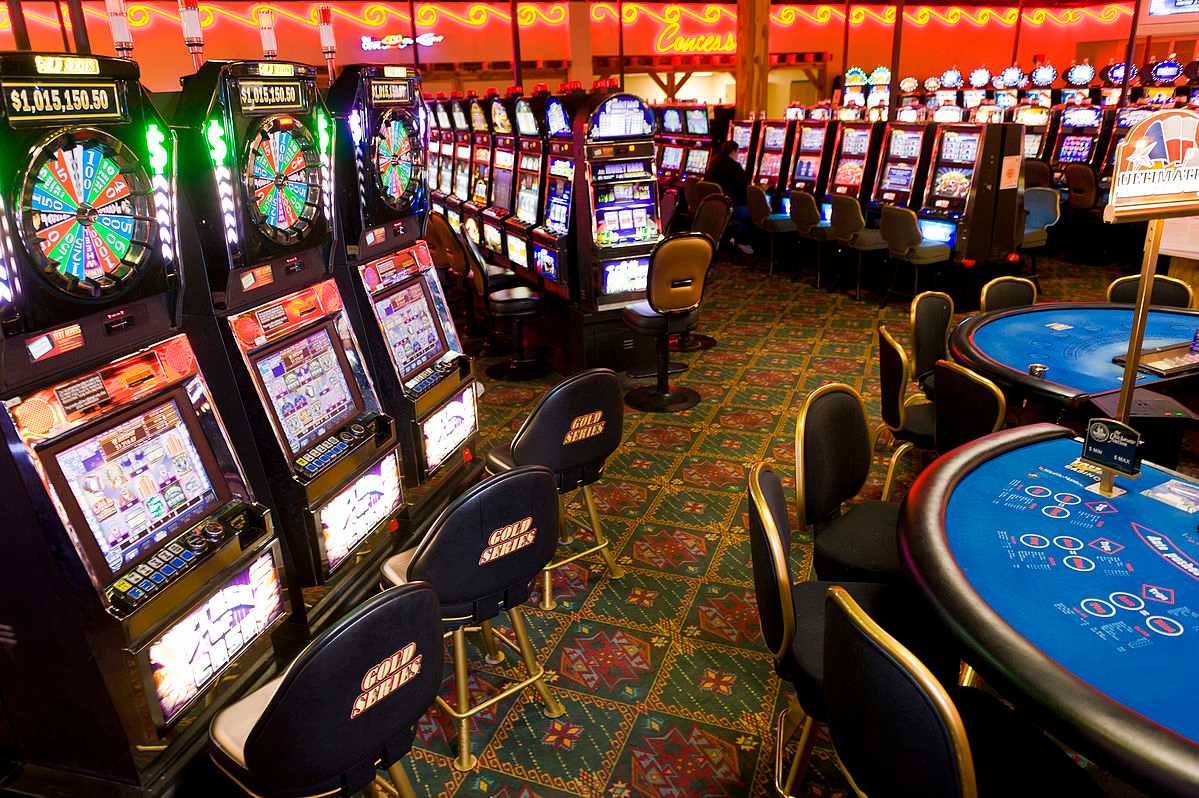
Casino experiences have long captivated people’s attention, drawing players into a universe filled with chance, planning, and the allure of excitement. UK casino not on GamStop Each activity is meticulously crafted not just for enjoyment, but also to evoke particular emotional responses that keep participants involved and invested. Understanding the motivations behind these designs reveals much about how psychology plays a key role in the gaming experience.
From the vivid lights and vibrant sounds to the intricate layering of guidelines and rewards, casino games are designed to create an atmosphere of anticipation and expectation. Game designers leverage behavioral strategies to influence gambler behavior, whether through the use of winning opportunities, almost wins, or social interactivity. By examining these aspects, we can better appreciate how casino games fulfill not just a desire for entertainment, but deeper psychological needs for adventure and uncertainty.
Grasping Gamer Behavior
Casino games are crafted with a profound understanding of gamer psychology, which is vital for attracting and retaining players. The thrill of the game, combined with the expectation of winning, establishes a powerful allure. Game designers employ elements like sound effects, vibrant graphics, and captivating gameplay to seize attention and elicit emotional responses. These sensory effects enhance the overall experience, making players feel more invested in the game.
Another important aspect of player behavior is the idea of risk and reward. Casino games often balance high-stakes situations with the potential for substantial rewards, which can lead to the occurrence known as near-miss experience. When players come close to winning, the brain produces dopamine, reinforcing their behavior and motivating them to persist playing in search of that elusive win. This cycle of wish and letdown plays a crucial role in how games are designed and promoted.
Lastly, community aspects also play a central role in player behavior at casinos. Many games are crafted to be played in teams or in company with other players, fostering a sense of togetherness and shared experience. The interaction inherent in games like baccarat enhances enjoyment and can result in prolonged gaming periods. Designers leverage on this by designing environments that encourage players to linger, interact, and return, making the overall casino experience more appealing.
The Role of Visuals and Audio
Imagery and sound play a significant role in elevating the player’s experience within casino games. Designers utilize vibrant colors, eye-catching graphics, and engaging animations to grab gambler’s attention and hold their focus. The use of motifs, such as exploration or opulence, helps create an enthralling atmosphere that transports players into a different world. By appealing to the senses, these elements contribute to a heightened emotional response, encouraging players to engage more deeply with the games.
Sound design is just as important in reinforcing the experience of gambling games. The combination of ambient music, audio effects for winning combinations, and environmental noises creates an auditory landscape that keeps players fascinated. Audio cues associated with wins, such as chiming bells or festive music, evoke feelings of thrill and reward, encouraging players to continue playing. These sound cues are strategically placed to enhance the excitement of the game and create a more engaging experience.
Additionally, the synchronization of visuals and audio is essential for reinforcing the game’s overall concept and atmosphere. Each element should coordinate seamlessly to create a unified experience that draws players in. The effective use of this integration not only improves user enjoyment but also increases the likelihood of repeat play, as players become more engaged in the immersive world that the gambling games offer. This thoughtful combination of imagery and sound ultimately enhances player involvement and loyalty.
Reward Structures and Engagement
The development of casino experiences heavily depends on reward structures to keep participants involved and returning for more. These systems are rooted in psychological theories that exploit human behavior and motivation. Players are often motivated by the excitement of success, which is reinforced by immediate feedback through the game structure’s design. This prompt satisfaction not just enhances the overall experience but also fosters a sense of achievement, prompting participants to continue participating in hopes of bigger rewards.
Casinos utilize various incentive systems, such as large payouts, bonuses, and multipliers, to engage participants. These features create a level of excitement that sustains interest. Additionally, the unpredictability of results plays a significant role in sustaining interest. The variable reward system, where successes are random but occur often enough, keeps participants on edge and driven to keep playing. This loop of hope and expectation is foundational to the effectiveness of gambling experiences.
In addition, social elements, such as competitive events and collaborative options, enhance the engagement factor by tapping into the competitive nature of participants. The communal aspect of playing with fellow participants can amplify the thrill of winning and create a community atmosphere within the gaming space. By integrating these community elements with efficient incentive structures, gambling experiences don’t just provide entertainment but also foster a stronger bond among players, solidifying their commitment to the gaming experience.